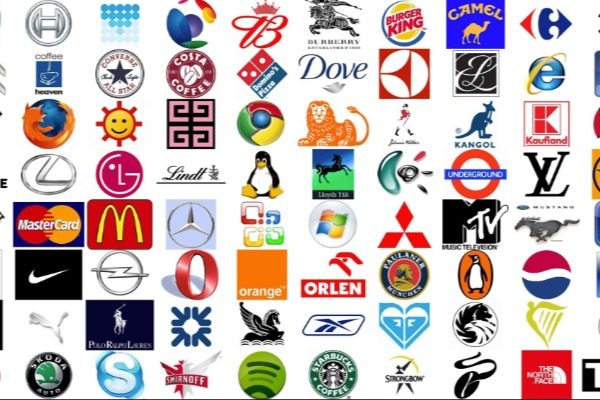Dropping Your Price to Close The Deal?
Dropping your price to close the deal can hurt your brand. Here’s how to avoid that.
I was speaking to a business leader about his ability to land deals. “Oh, it’s easy. We can close any deal. We just drop our pricing a little bit and we get the business.”
Dropping price to land a deal might seem smart at first. Your customer gets great value at a great price, and you land the business with a small margin hit. No big deal. What’s not to love?
But lowering your price cheapens your brand. ⚠️
When you drop your price, you alter the perception of the benefit you bring.
You lessen the value of your offering.
If you need to lower your price to win the deal:
1) The value to your customer isn’t clear. Consider this math:
Customer Value = Benefits – Price
Price is just one factor in the decision process. Just as important as price is the benefits of your offering. Your customer is thinking, “what do I get in exchange for my money? Why is this a good value for my dollars?” When the benefit you provide is clear and big, your customer’s willingness to pay is also big. Revisit what your customer gets in exchange for their money. Do they fully grasp the value you can deliver?
2) It’s possible you’re selling to the wrong customer. If your customer is motivated by price over the value you provide, they don’t appreciate what you bring. It’s important that you target your ideal customer and prioritize them – because for them, what you offer is of high value, and the benefit is greater than the price you’re asking.
Case Study: Rolex.
As an example, let’s look at Rolex. The luxury watch retailer spends a significant amount of money advertising their watches and talking about the benefits they deliver:
-The steel they use (904L steel) is corrosion-resistant and more beautiful than other steels, but more expensive and difficult to work with;
-They have their own science lab to perfect oils and lubricants for their products;
-Their movements are all hand-assembled and tested;
-An in-house foundry makes all their gold on site, ensuring its quality;
-Dive watches are individually tested in pressurized water tanks;
-They have on-site gemologists, to aid and select in quality control;
-Despite technological advancements, they take no shortcuts: It takes approximately 1 year to make a Rolex.

Rolex invests in communicating about the benefits of their products.
They also never drop their pricing.
They never go on sale, and their value withstands time and trends.
There are throngs of customers who would love a Rolex at a cheaper price. But they are the wrong customer, and Rolex knows that dropping their price for these customers would come at the expense of the customer who sees the value of a Rolex and is willing to pay the asking price – the right customer.
Business class seats.
Another example is business class in the airline industry. Airlines offer only a handful of business class seats because they cater to the few travelers willing / able to pay a premium for luxury accommodations while flying (Value = Benefits – Price). They never drop their pricing for these seats. Depending on the airline, they’ll either leave the unbooked seats empty, or upgrade only their very best customers to experience this benefit, maintaining the value of their offering.
By the way, it’s not just the odd brand that deploys this strategy. Consider: Tesla, Leica, Patagonia, Whole Foods, American Express, Singapore Airlines, Manolo Blahnik, Soul Cycle and even Starbucks: these brands are all examples of companies that lean into the value they bring rather than dropping their price to close the deal.
Key takeaways:
When you focus on the benefits, your price is justified.
And if the customer is your ideal customer, it’s almost never about the price. ⚠️
But how do I know my price is right?
One of the successes to business is pricing your products properly. Price your products correctly and it can enhance how much you sell, creating the foundation for a business that will prosper. Get your pricing strategy wrong and you may create problems that your business may never be able to overcome.
If you google ‘pricing strategy’ you’ll find there are millions of articles and recommendations for how to price. That’s the good news – and also the bad news. There’s no clear way of doing it, though most strategies involve key factors such as understanding your costs, your target customer and what they’re willing to pay, getting clear about what your competitors are charging, and so on. I really liked this article on pricing as a good start for you.
Once you’ve priced your offering and it feels fair to you: don’t drop your price. If you need a refresher, re-read the top portion of this blog again.
Now I want to hear from you: Are you like Rolex? Do you focus on the benefits you bring? Or do you drop your price to close the deal? If you need help leaning into the value you bring and communicating the benefits of your solution to your customers, we’re here to help. Give us a shout.











